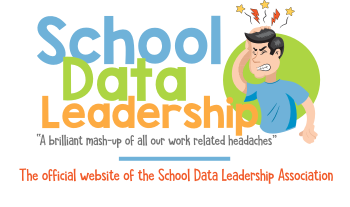Overview of the Python Programming Language
Python is a high-level, interpreted programming language known for its simplicity and readability, making it an excellent choice for beginners and experienced developers alike. Developed by Guido van Rossum and first released in 1991, Python's design philosophy emphasizes code readability with its notable use of significant whitespace. It supports multiple programming paradigms, including procedural, object-oriented, and functional programming.
Python is a versatile language, used in various domains such as web development, data science, artificial intelligence, scientific computing, and more. Its comprehensive standard library, along with a vast ecosystem of third-party packages, allows developers to implement complex applications with less code compared to other languages.
Features of Python
- Ease of Learning and Use: Python's syntax is clear and intuitive, making it an ideal language for educational purposes and rapid development.
- Extensive Libraries: The Python Package Index (PyPI) hosts thousands of third-party modules for Python, covering aspects like web frameworks, data analysis, visualization, machine learning, and more.
- Portability: Python programs can run on various operating systems with minimal or no modifications.
- Interpretability: Being an interpreted language, Python code runs directly, line by line, making debugging easier for developers.
- Scalability: While Python is suited for beginners, it also scales up to support complex, large-scale applications.
Python in a K-12 School District Setting
Supporting Systems Integration
In a K-12 school district, systems integration is crucial for streamlining administrative tasks, enhancing communication, and improving educational delivery. Python can play a significant role in integrating disparate educational software and systems. For instance, Python scripts can automate the transfer of data between a student information system (SIS) and learning management systems (LMS), ensuring that student records are consistently up-to-date across platforms.
Python’s libraries such as requests for handling HTTP requests, or pandas for data manipulation, can be used to script interactions with web APIs, facilitating the integration of cloud-based educational tools and district databases. This automation and integration capability can save significant time and reduce errors in data management.
Data Analysis and Visualization
Data analysis is vital for school districts to assess educational outcomes, allocate resources efficiently, and personalize learning. Python, with its powerful libraries like pandas for data analysis and matplotlib, seaborn, or Plotly for data visualization, provides a robust toolkit for educators and administrators to analyze student performance, attendance trends, and more.
Python can help in:
- Analyzing Student Performance: By processing grades and assessment scores to identify trends, strengths, and areas needing improvement.
- Resource Allocation: Analyzing usage data to allocate resources like textbooks, technology, and tutoring services more effectively.
- Attendance and Enrollment Trends: Visualizing trends to assist in planning and identifying issues like chronic absenteeism.
Educational Tool
Beyond administrative applications, Python itself is a valuable educational tool. Introducing Python programming in the curriculum can foster problem-solving skills, logical thinking, and creativity among students. Python’s simplicity allows students to quickly see results and build projects, from simple scripts to complex applications, enhancing their learning experience and engagement with computational thinking.
Conclusion
Python’s versatility, ease of use, and wide applicability make it an invaluable asset in a K-12 school district setting. Its role in systems integration can lead to more efficient and effective educational administration, while its capabilities in data analysis and visualization can provide deeper insights into the educational process, helping to drive decisions that enhance student learning outcomes. Furthermore, as a programming language taught within the curriculum, Python offers students a gateway to the vast and expanding field of computer science, equipping them with skills that are increasingly vital in the digital age.
